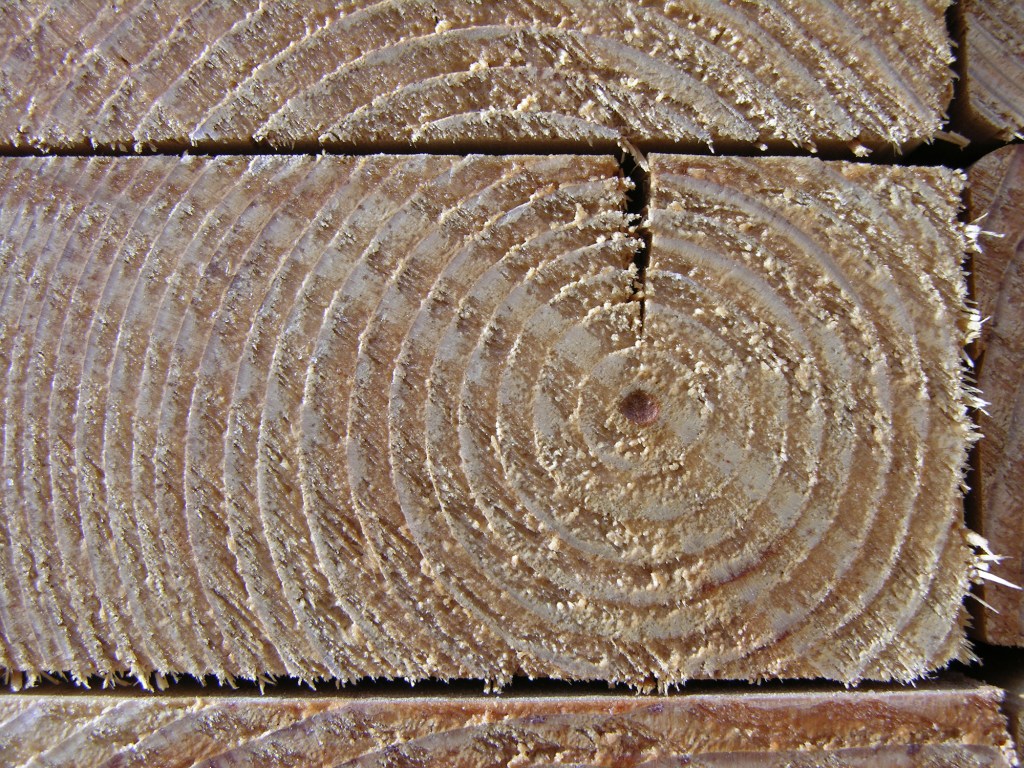Few issues these days are as wide-ranging and far from resolution as what’s happening with North American lumber. To help you keep track of things, keep an eye on these seven numbers:
$400
The minimum threshold for prices of framing lumber and panels that Random Lengths has reported just about all this year. Prices in late August for framing lumber were 12.5% higher than at the same point last year, while for panels they were 15.6% higher. That’s a boon to dealers and distributors, because you collect more dollars from the same volume of goods.
19
As in Chapter 19. It’s a provision in the North American Free Trade Agreement (NAFTA) that lets the U.S., Canadian, and Mexican governments appeal another country’s decisions to an independent third-party body. The Canadian government has used Chapter 19 to win several fights with Washington over previous U.S. sanctions concerning softwood lumber. American officials now in talks for a new NAFTA want to remove Chapter 19 from the next agreement. There had been hopes that a new Softwood Lumber Agreement (SLA) would be reached before NAFTA talks began. Now, it’s expected the discussions will take place on parallel tracks.
21%
The percentage of single-family builders responding to May’s survey for the NAHB/Wells Fargo Housing Market Index who the NAHB said had “reported a shortage of framing lumber.” This perplexed us, as our calls to numerous lumber buyers and dealers couldn’t come up with any cases in which there were shortages. Some deliveries took longer to arrive, they said, but nobody anywhere had run totally out of framing lumber. So we asked NAHB for the wording of the survey question. It turns out that builders were asked to comment on availability of lumber “as well as changes in their prices now vs. 12 months ago.” It could be that builders’ answers pertained more to price than to availability.
2.2MM
The number of acres burned so far this summer in British Columbia’s worst fire season ever. As of Aug. 20, the province had a total of 138 fires under way. All the blazes have shut a number of mills, further crimping supply from Canada, which provides about one-third of all the softwood lumber consumed in the U.S. annually.
16%
The upper range that two research groups believe stumpage prices for Southern softwood sawtimber will rise over the next 10 years. The authors—Forest Economic Advisors and Timberland Appraisal—credit the forecast price gain to several factors. They include a growing economy, increased housing starts, and issues that will crimp supplies of species grown outside Dixie.
48%
The share of all softwood sawmill capacity in North America that is owned by just 10 companies, according to Forest Economic Advisors. This percentage includes the 700 million board feet of capacity at Gilman Cos. that West Fraser Timber Co. announced on July 27 it will be purchasing. The deal will swell West Fraser’s total capacity to 7.07 billion board feet. All North American mills have current capacity of 70.29 billion board feet. Notably, West Fraser is a Canadian company and Gilman’s mills are in the South. A number of Canadian firms have purchased land and mills in the Southeast in recent years. Those investments have com- plicated SLA discussions because it means Canadian-owned firms’ interests aren’t represented by just one side of the table.
80
What the Canadian dollar was worth in U.S. cents as of late August. The loonie, as it’s known, bought as little as 75 U.S. cents earlier this summer. That depreciation of Canada’s currency helped offset some of the impact of the U.S. government’s imposition of tariffs on Canadian lumber. On April 24, Washington announced countervailing duties reaching as high as 24.1%. Then, on June 26, the U.S. Commerce Department followed up with antidumping duties ranging as high as 7.7%.



